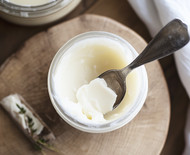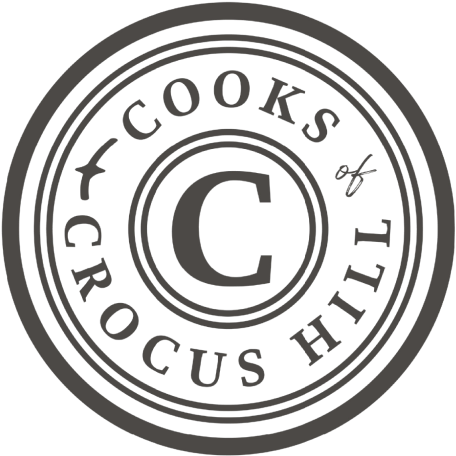Tallow vs. Lard: The Facts Baked In
When it comes to traditional baking fats, tallow and lard are two contenders that often spark debate among home bakers and culinary enthusiasts. Both offer unique qualities that can elevate your baked goods, but understanding their differences is key to achieving optimal results. This blog post will delve into the nuances of tallow and lard, helping you decide which fat is best for your next baking adventure.
What’s Tallow?
Tallow is rendered beef fat. Historically, it has been a staple in kitchens around the world, prized for its high smoke point and rich flavor. Tallow is typically harder and more brittle at room temperature compared to lard. Its flavor profile can vary depending on the diet of the cattle, with grass-fed tallow often having a more pronounced, "beefy" taste.
Uses of Tallow in Baking
Tallow excels in savory baked goods, where its robust flavor can complement ingredients without overpowering them. Consider using tallow for
- Savory pies and pasties: The flaky crusts achieved with tallow are exceptional.
- Biscuits and crackers: Tallow can create a tender crumb and a delicious savory note.
- Frying donuts or churros: Its high smoke point makes it ideal for deep-frying, imparting a unique flavor.
What’s Lard?
Lard is rendered pork fat. It has a long-standing reputation in baking for its ability to create incredibly tender and flaky pastries. Lard is softer and more spreadable at room temperature than tallow, and its flavor is generally milder and more neutral, especially if it's high-quality, leaf lard.
Uses of Lard in Baking
Lard is a versatile fat that shines in a wide array of baked goods, particularly those where a neutral flavor and tender texture are desired. Consider using lard for:
- Pie crusts: Lard is famous for producing the flakiest, most tender pie crusts.
- Biscuits and scones: It contributes to a light, airy texture.
- Cookies: Lard can help create a soft, chewy texture in certain cookie recipes.
- Pastries: Croissants, puff pastry, and other laminated doughs benefit from lard's pliable texture.
Which One Should You Choose?
The choice between tallow and lard ultimately comes down to the specific recipe and your desired flavor profile.
- For the flakiest, most tender pie crusts and pastries with a neutral flavor: Lard is your go-to.
- For savory baked goods where a rich, beefy flavor is welcome, or for deep-frying: Tallow is an excellent choice.
Many bakers even combine the two fats for a unique blend of their best qualities. Experiment with both to discover your personal preference and unlock new dimensions in your baking!
Happy baking!



